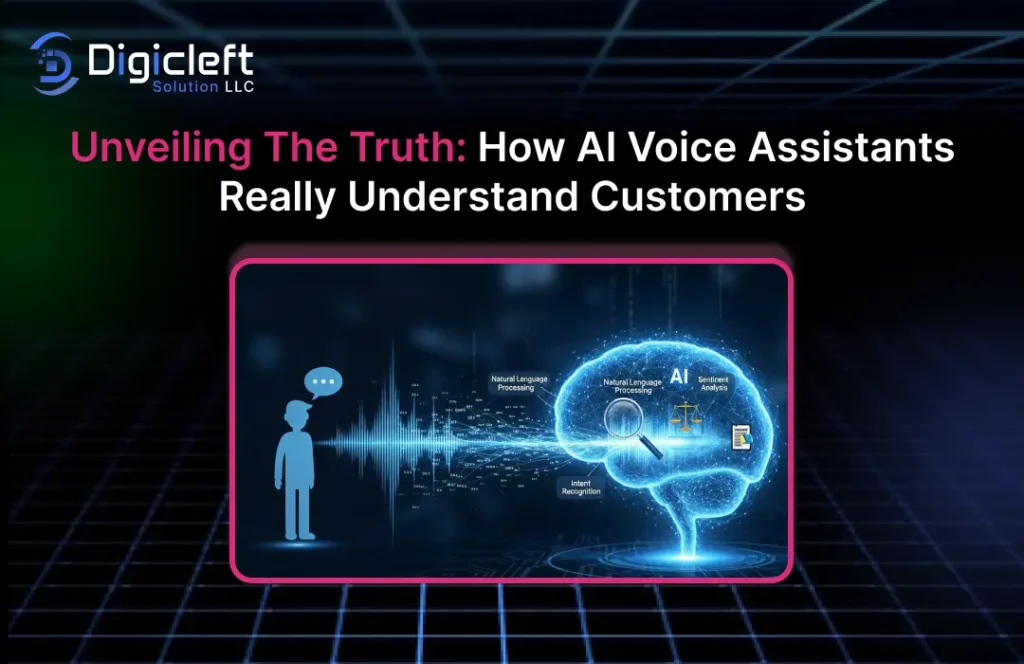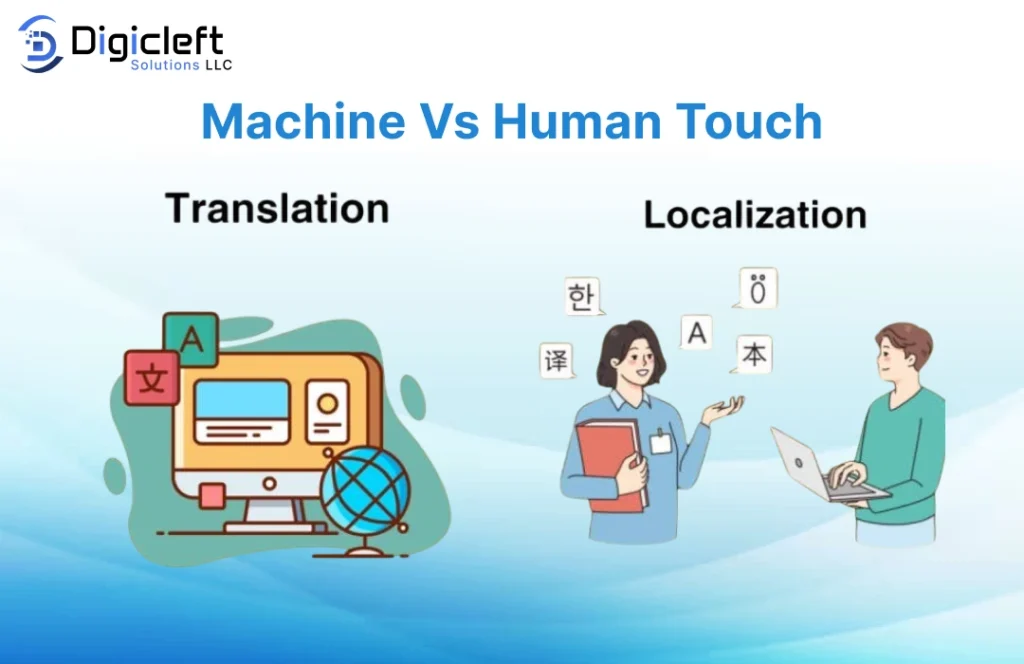
Think about the last time you said, “Hey Siri” or “Okay Google.” Chances are, you asked something simple maybe the weather, a reminder, or to play your favorite song. But here’s the big question: do these AI voice assistants really understand us, or are they just incredibly good at faking it?
In this blog, we’re going to peel back the curtain on what’s really happening when you talk to your favorite digital assistant. Spoiler alert it’s not as magical as it seems.
What Are AI Voice Assistants?
At their core, AI voice assistants are software programs designed to interpret human speech and provide a response. They don’t truly understand language in the human sense but rely on complex algorithms. The most popular players? Amazon Alexa, Apple’s Siri, Google Assistant, and Microsoft’s Cortana.
These assistants now power everything from smart speakers to cars, deeply embedding themselves into our daily routines.
The Technology Behind Voice Assistants
Here’s the tech magic that happens behind your simple “What’s the time?” request:
- Speech Recognition – Converts your spoken words into text.
- Natural Language Processing (NLP) – Breaks down the text, finds meaning, and identifies intent.
- Machine Learning & Big Data – Learns from millions of past interactions to deliver accurate (or close) responses.
It’s like teaching a child by repetition but instead of years, it happens in seconds using data from millions of users worldwide.
How Do Voice Assistants Actually “Understand” Us?
When you speak, your Ai voice is converted into digital signals. These signals are matched against massive databases of language patterns. The assistant doesn’t understand like you or me it predicts the most likely meaning based on your words and context.
For example, if you say, “Book me a cab”, it identifies the key phrase “book cab” and searches for connected apps or services.
The Illusion of Understanding
Let’s be real AI voice assistants are not mind-readers. They don’t have human-like awareness or emotions. Instead, they rely on statistical models. Think of them as skilled mimics: they don’t know why they’re saying something, but they know when to say it.
Customer Expectations vs. Reality
We often expect Alexa or Google Assistant to behave like a helpful friend. But here’s the catch they lack empathy, humor, and emotional awareness.
Say, “I had a tough day”, and you might get, “Here are some motivational quotes.” Helpful, yes. But it’s not the same as a friend saying, “I’m sorry you had a rough time. Want to talk about it?”
The Role of Personalization
Over time, assistants adapt to your preferences. They remember your favorite music, usual destinations, or the reminders you set. This creates the illusion of deeper understanding. But again, it’s just patterns and data not true awareness.
Behind the Scenes: Data Collection
Your Ai voice requests don’t vanish into thin air. They’re stored, analyzed, and used to improve future interactions. While this makes assistants smarter, it raises privacy concerns: Who has access to your data? How secure is it? These are valid questions.
Challenges AI Voice Assistants Face
- Accents and Dialects – A Scottish accent can throw Siri off completely.
- Background Noise – Try asking Alexa something during a party.
- Humor and Sarcasm – Say, “Yeah sure, I love sitting in traffic,” and see how literally your assistant takes it.
Digicleft Solution: Smarter Customer Understanding
Companies like Digicleft Solution are working to bridge the gap between cold machine logic and warm human interaction. By focusing on contextual understanding, sentiment analysis, and advanced personalization, they push assistants closer to natural, human-like conversations.
Why AI Voice Assistants Sometimes Get It Wrong
Ever asked for “near Thai restaurants” and got directions to a hardware store? These “fails” happen when the system misinterprets words, context, or intent. While sometimes funny, these mistakes highlight how far AI still has to go.
The Future of Voice Assistants
The future looks exciting. We’re moving toward:
- Smarter conversational AI with improved context-awareness.
- Seamless integration into smart homes, workplaces, and healthcare.
- Voice shopping, where assistants become personal shoppers.
In the next decade, voice assistants may feel less like tools and more like genuine companions.
Impact on Businesses
For businesses, AI voice assistants are game-changers. They can:
- Handle customer service queries instantly.
- Enable voice commerce “Order my usual.”
- Improve accessibility for people with disabilities.
Brands that embrace this trend gain a strong competitive edge.

Human Touch vs. Machine Logic
No matter how advanced they become, assistants can’t replace human empathy. Customers still crave that personal connection especially for sensitive issues. The winning formula? A hybrid model where AI handles routine tasks, while humans step in for complex, emotional interactions.
Conclusion
So, do AI voice assistants really understand us? The honest answer: not in the way humans do. They recognize patterns, predict intent, and respond with growing accuracy. But they lack feelings, empathy, and real awareness.
With innovations like Digicleft Solution, we’re getting closer to assistants that feel more human. But for now, they’re still best seen as smart tools not true conversational partners.
FAQs
1. Do voice assistants actually understand me?
Not exactly they interpret your words using data patterns but don’t truly “understand” like a human.
2. How do they keep learning?
Through machine learning, analyzing millions of interactions and improving accuracy over time.
3. Is my data safe with them?
It depends on the platform. While companies claim to secure your data, privacy concerns remain valid.
4. Will they replace human customer service?
Not fully. They can handle simple tasks, but humans are still needed for empathy and complex issues.
5. How will voice assistants evolve in the next decade?
Expect smarter, more personalized, and emotionally aware systems that integrate seamlessly into everyday life.


